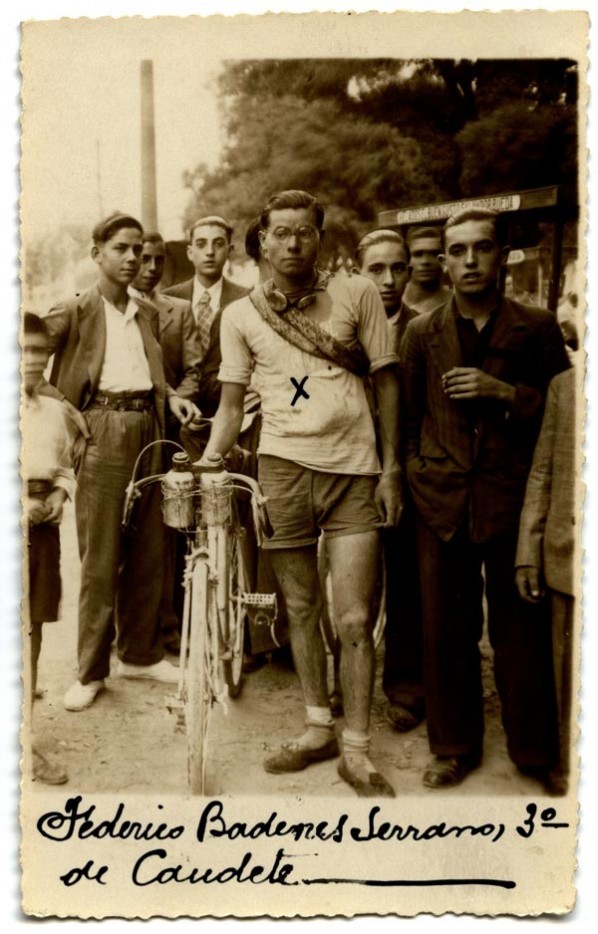From single track

According to our survey data, 55% of mountain bikers have tried night riding. That means that 45% of mountain bikers haven’t even tried it, and of that 55%, I’d be willing to bet the number of riders that strap a light to their bike at least once per week is much, much less.
As I thought about it, I realized that lately I haven’t been night riding nearly as much as I have in past years. Here are 5 things, based on my personal experience and my conversations with others, that might keep you from riding at night… and reasons why they shouldn’t hold you back:
1. It’s expensive.
The number one excuse I hear from mountain bikers who don’t even want to dabble in night riding is, “Lights are so expensive! I can’t afford one of those!” Yes, there are expensive lights out there on the market. But if you took a look at our light buyer’s guide, you’ll realize that there are plenty of lights right around the $100 price point. And if you shop eBay, there are even no-name bike lights on sale for much cheaper than that.
My first night ride of the season. Pictured here is the Fenix BT20, which is a good-quality light set that can be purchased for about $150.
My first night ride of the season. Pictured here is the Fenix BT20, which is a good-quality light set that can be purchased for about $150.
In my opinion, buying a light is the #1 thing you can do to extend the amount of time you can ride your mountain bike in the fall and spring. Even if you have a lower-end bike, chances are your bike is worth at least $1,000. What good is a $1,000 (or a $10,000) bike if you can’t ride it during the week? Drop a hundred bucks on a light, and keep on pedaling!
2. It’s dangerous.
There seems to be this pervasive opinion among night riding n00bs that riding at night is dangerous. But the reality is, it’s no more dangerous than riding during the daytime. With even low-priced bike lights pushing 750-1000 lumens, and some lights boasting a whopping 6000 lumens, these lights can illuminate the trail as brilliantly as the sun.
3. It’s cold at night.
This one really depends on the time of year and the location, and in the northern reaches of the continent during the middle of the winter it can get really frigging cold at night! Honestly, sometimes this is a really good reason to stay indoors. However, with the advent of fat bikes, clothing manufacturers have made huge strides in recent years in producing lightweight, low-profile bike clothing that is surprisingly warm. With the right layers and preparation, you can easily mountain bike comfortably in zero degree (F) weather… or colder.
4. There’s no one else to ride with.
While at times it can be daunting to night ride alone, I’ve found that night riding solo is the most peaceful mountain bike experience ever. There’s usually no one else on the trails, and the quiet and solitude can’t be matched! Of course, if that makes you uncomfortable, it’s pretty easy to find people to ride with. Many shops conduct night rides all year long, as do mountain bike clubs and individuals. There are tons of people who night ride, and many of them will be willing to show you the ropes!
5. It’s hard to get motivated when it’s dark outside.
If we’re honest with ourselves, many of us already know the points and counterpoints listed above. But really, most of the time it’s just hard to get motivated to wrangle all of your bike gear, and pedal your bike in the pitch black of night. However, there are some steps you can take to make it easier.
The first step is to find a regular night ride to be a part of. I touched on this above, but there’s nothing more motivating than knowing a group of your friends will be riding at the same time, on the same day, every week.
The second step is almost just as important, and that’s to keep your gear ready to go, all the time:
When you get back from a ride, toss your battery on the charger so it’s ready to go at a moment’s notice. (Some higher-end lights feature charging stations that you can leave your battery on, ensuring your battery is always topped off.)
Wash your clothes quickly, and keep your warm winter riding clothes in a dedicated pile, ready to be donned in minutes.
Keep your hydration pack full of all the gear and layers you might need, so all you have to do is fill your water reservoir.
If you run a bike-mounted light, keep it mounted on your bike at all times so you don’t have to take it on and off.
And if you’re partial to a helmet-mounted light, dedicate one helmet to night riding alone, and leave your mount attached so you’re not constantly putting it on and taking it off when switching from night to day.
While at first blush going out for a night ride can be a daunting task, the right mindset and the proper preparation can make it a true joy and an utterly unique experience!








 When we initially reported on the
When we initially reported on the 


































